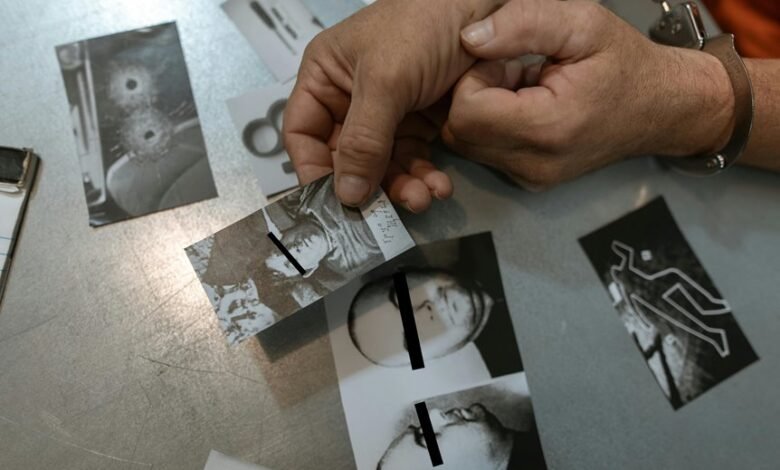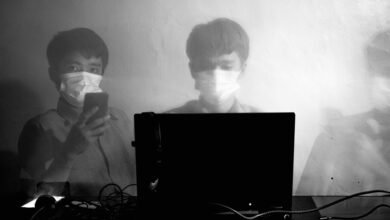Photoacpmpa: A Influência das Imagens no Direito

The integration of photographic evidence in legal contexts has transformed courtroom dynamics significantly. Images serve as powerful tools that can clarify narratives and influence juror perceptions. However, the rise of social media complicates this landscape, introducing concerns about authenticity and manipulation. As visual content becomes increasingly accessible, its implications for ethical practice in law warrant critical examination. This evolving relationship raises questions about the balance between representation and reality in legal proceedings.
The Role of Photography as Evidence in Courtroom Proceedings
Although the admissibility of photographic evidence in courtroom proceedings often hinges on issues of relevance and authenticity, its role as a powerful tool for conveying information cannot be overstated.
Photographic authenticity significantly enhances visual credibility, allowing jurors to engage with evidence on a visceral level.
Ultimately, the integration of reliable photographic evidence shapes judicial narratives, fostering informed decision-making while upholding the principles of justice.
Social Media Images: Shaping Public Perception and Legal Narratives
Photography in the courtroom has demonstrated its impact on judicial outcomes, yet the rise of social media introduces a new dimension to the visual landscape of legal narratives.
Social media images significantly shape public perception, influencing collective understanding of legal cases through visual storytelling. These platforms allow for rapid dissemination of images, thereby altering narratives and framing legal discourse in profound ways.
The Ethical Implications of Visual Manipulation in Legal Contexts
As the manipulation of visual content becomes increasingly prevalent in legal contexts, the ethical implications of such practices warrant critical examination.
Visual ethics demand a robust framework for manipulation accountability, ensuring that distorted imagery does not undermine justice.
The interplay between authenticity and representation challenges the integrity of legal proceedings, necessitating a vigilant approach to safeguard the truth in an era of pervasive visual alteration.
Conclusion
In an era where images wield immense power, the courtroom becomes a stage where truth and deception dance in tandem. Ironically, while photographs are lauded for their ability to capture reality, they simultaneously possess the capacity to distort it, creating a paradox where authenticity and manipulation coexist. This duality underscores the necessity for vigilance in legal contexts, as the very tools meant to illuminate justice can just as easily cast shadows, complicating the already intricate tapestry of judicial truth.




